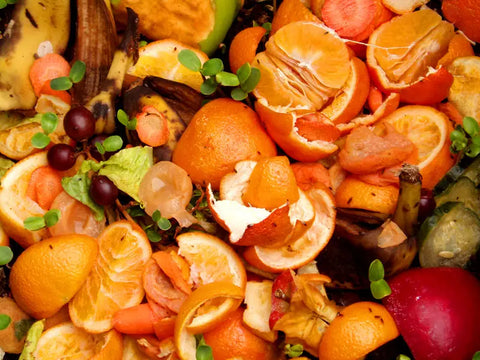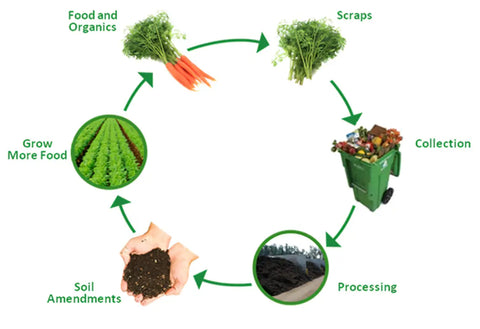The Potential of Fruit Waste in Sustainability
Turning Fruit Waste into Green Energy: A Sustainable Alternative to Charcoal and Firewood
In a world where sustainable living is becoming increasingly essential, finding innovative ways to repurpose waste materials and reduce our carbon footprint is crucial. One promising solution lies in the often-overlooked realm of fruit waste. Imagine a future where the discarded skins, pulps, and seeds of fruits play a significant role in replacing traditional sources of fuel like charcoal and firewood. In this blog post, we'll explore how this seemingly ordinary waste can become a powerful tool in the fight against deforestation and environmental degradation.

The Problem with Traditional Fuels:
Before delving into the potential of fruit waste, let's understand why alternatives to traditional fuels are so urgently needed. Charcoal and firewood have been primary sources of energy for cooking and heating in many parts of the world for centuries. However, their widespread use contributes to several critical environmental and social issues:
-
Deforestation: The demand for firewood and charcoal has led to extensive deforestation, impacting ecosystems and biodiversity.
-
Indoor Air Pollution: The burning of these fuels indoors releases harmful pollutants, causing respiratory problems and health issues, especially in developing regions.
-
Unsustainable Practices: Traditional fuel collection often involves destructive harvesting methods and overexploitation of natural resources.
-
Energy Inefficiency: Charcoal production, in particular, is highly energy-intensive, further exacerbating the carbon footprint.
Fruit Waste as a Sustainable Solution:
Now, let's turn our attention to the potential of fruit waste as a game-changing alternative to charcoal and firewood:
-
Abundant Resource: Fruit waste is widely available, generated by households, markets, and food industries, making it a readily accessible resource.
-
Carbon-Neutral: When burned, fruit waste releases carbon dioxide, but it's carbon-neutral since the CO2 is absorbed during fruit growth, unlike fossil fuels that release ancient carbon.
-
Cleaner Burning: Fruit waste tends to produce fewer emissions and less indoor air pollution compared to traditional fuels.
-
Reduced Deforestation: By utilizing fruit waste, we can reduce the pressure on forests and protect precious ecosystems.
-
Economic Opportunities: Implementing fruit waste conversion techniques can create new income streams for communities and reduce energy costs.
Ways to Harness Fruit Waste for Fuel:
Several methods exist to convert fruit waste into energy sources:
-
Biogas Production: Anaerobic digestion of fruit waste can produce biogas, a clean-burning fuel suitable for cooking and electricity generation.
-
Briquettes and Pellets: Fruit waste can be compressed into briquettes or pellets for use in stoves, reducing emissions and extending the life of the waste.
-
Thermal Conversion: Through processes like pyrolysis or gasification, fruit waste can be turned into biochar or syngas for various energy applications.
Conclusion:
In a world striving for sustainability and eco-conscious living, exploring innovative solutions to replace traditional fuels is essential. Fruit waste, with its abundance and eco-friendly qualities, offers a promising avenue for reducing our dependence on charcoal and firewood. By harnessing this resource, we not only mitigate environmental damage but also contribute to healthier living conditions, economic opportunities, and a brighter future for all. It's time to recognize the hidden potential in the peels, pulps, and seeds of our favorite fruits and take a step towards a greener, more sustainable world.






Leave a comment